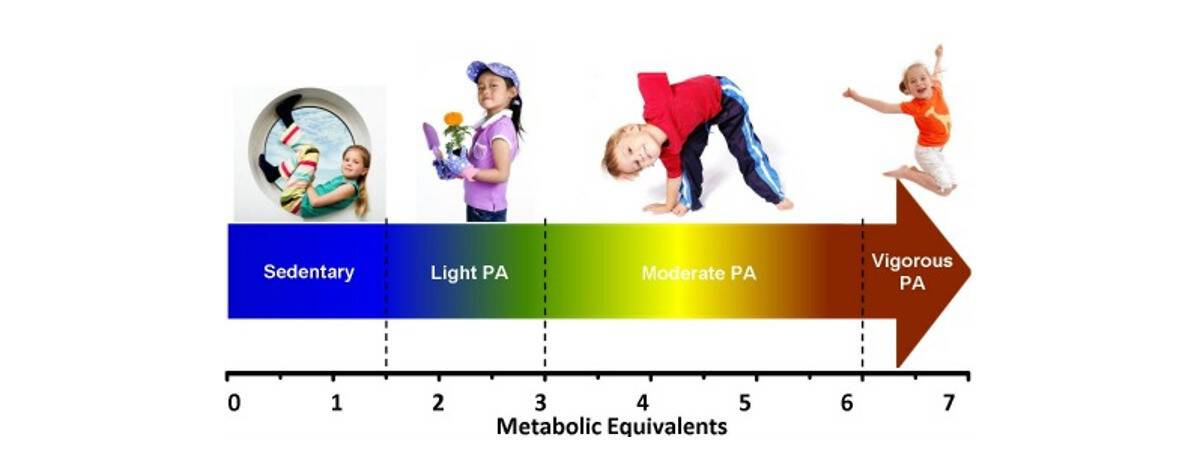
Sedentary behavior is any waking behavior characterized by an energy expenditure ≤1.5 metabolic equivalents (METs), while in a sitting, reclining or lying posture. In general this means that any time a person is sitting or lying down, they are engaging in sedentary behaviour. Common sedentary behaviours include TV viewing, video game playing, computer use (collective termed “screen time”), driving automobiles, and reading.
This definition of sedentary behaviour has been published in the International Journal of Behavioral Nutrition and Physical Activity. You can access the full paper at the following link: ijbnpa.biomedcentral.com/articles/10.1186/s12966-017-0525-8.
The citation for this definition is:
Tremblay MS, Aubert S, Barnes JD, Saunders TJ, Carson V, Latimer-Cheung AE, Chastin SFM, Altenburg TM, Chinapaw MJM, SBRN Terminology Consensus Project Participants. Sedentary Behavior Research Network (SBRN) – Terminology Consensus Project process and outcome. Int J Behav Nutr Phys Act. 2017 June 10;14(1):75.
Why do we care about sedentary behaviour?
Recent evidence suggests that having a high level of sedentary behaviour negatively impacts health independent of other factors including body weight, diet, and physical activity. For example, a 12-year study of 17,000 Canadian adults found that those who spent most of their time sitting were 50% more likely to die during the follow-up than those that sit the least, even after controlling for age, smoking, and physical activity levels. Given these and other findings, researchers are now studying the health impact of sedentary behaviour in a wide range of academic domains including epidemiology, population health, psychology, ergonomics, engineering, and physiology.
You can find links to other recent studies on sedentary behaviour on our Research page, while you can read more detailed study descriptions on our Study Summaries page. News articles related to sedentary behaviour can be found in the In The News page, our Learning Resources section hosts graphics and videos (coming soon) focusing on specific issues related to sedentary behaviour.
